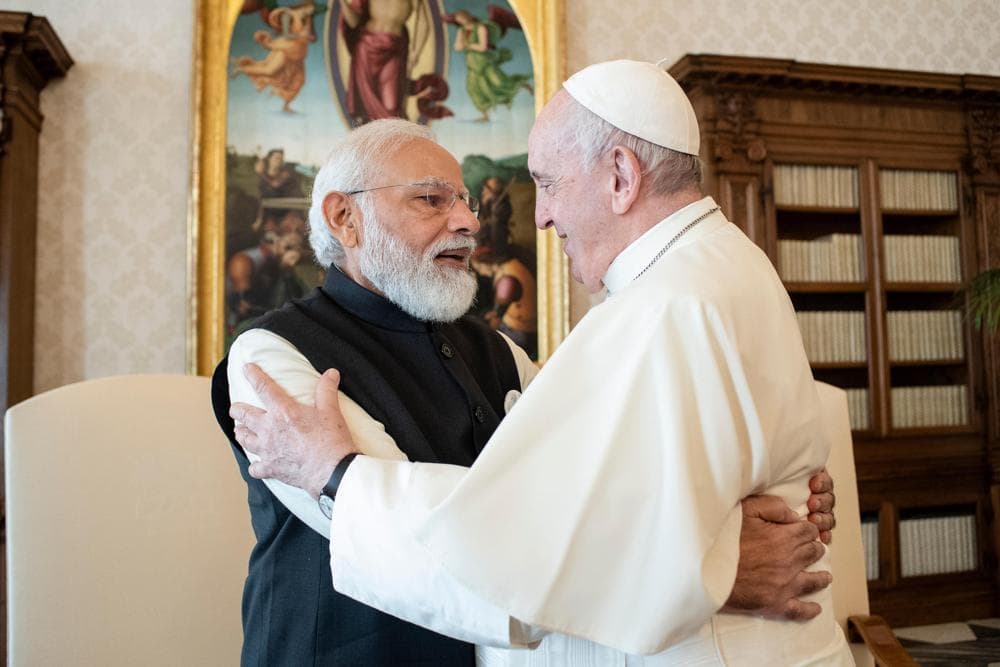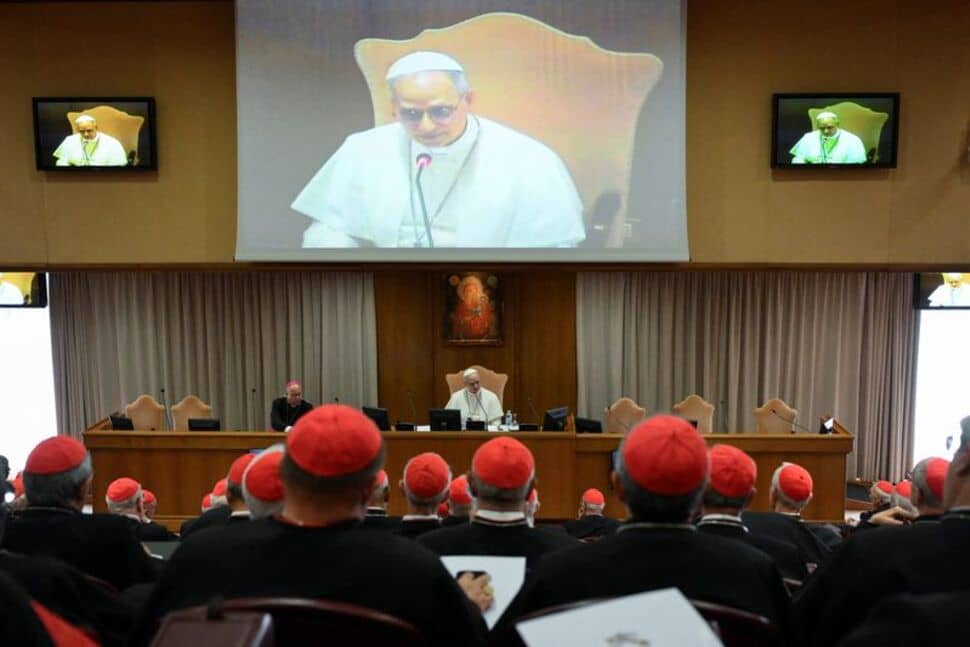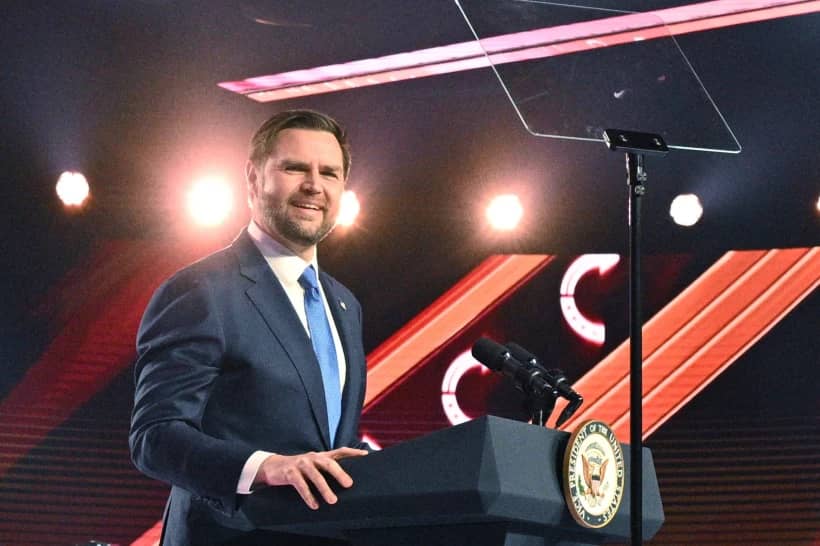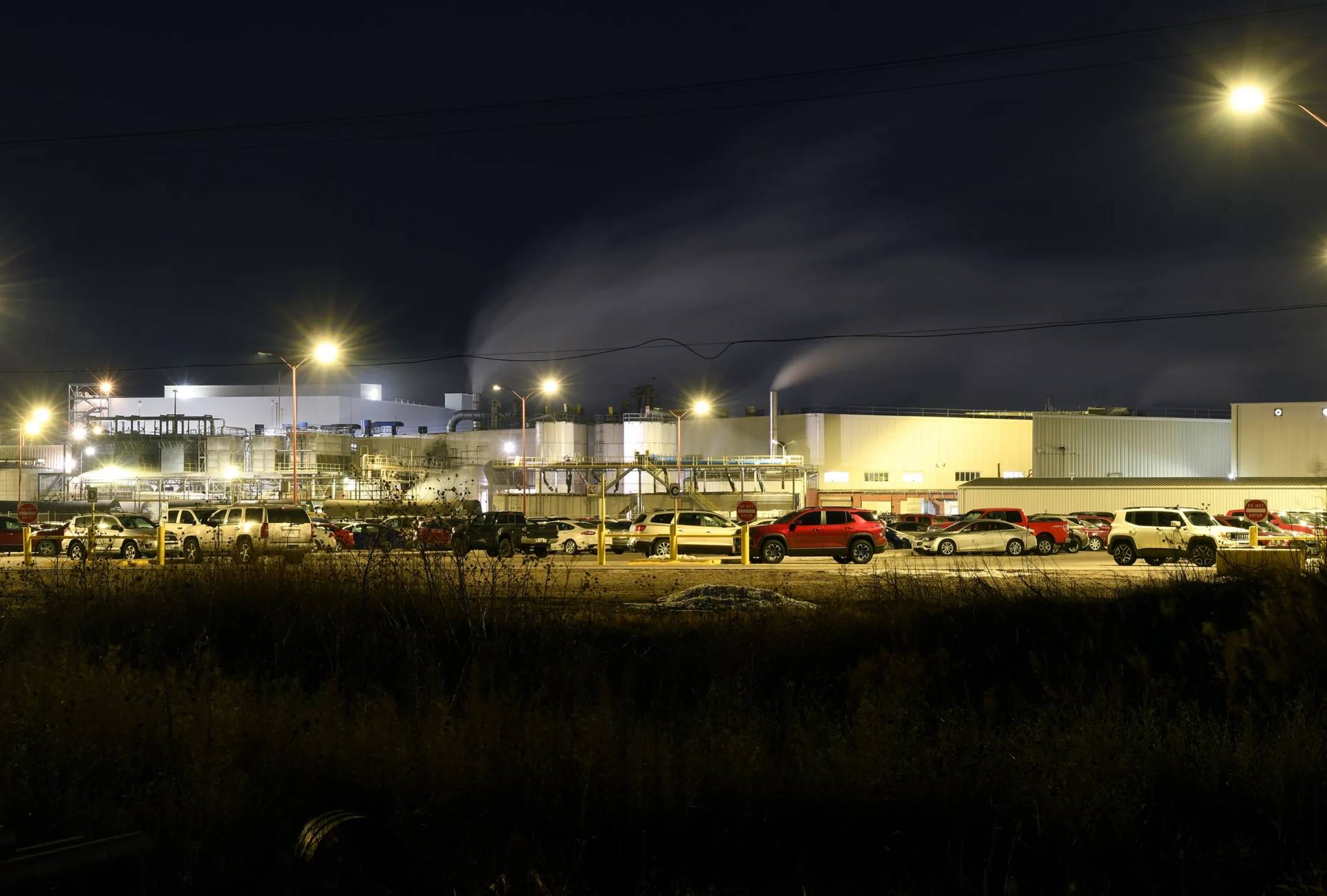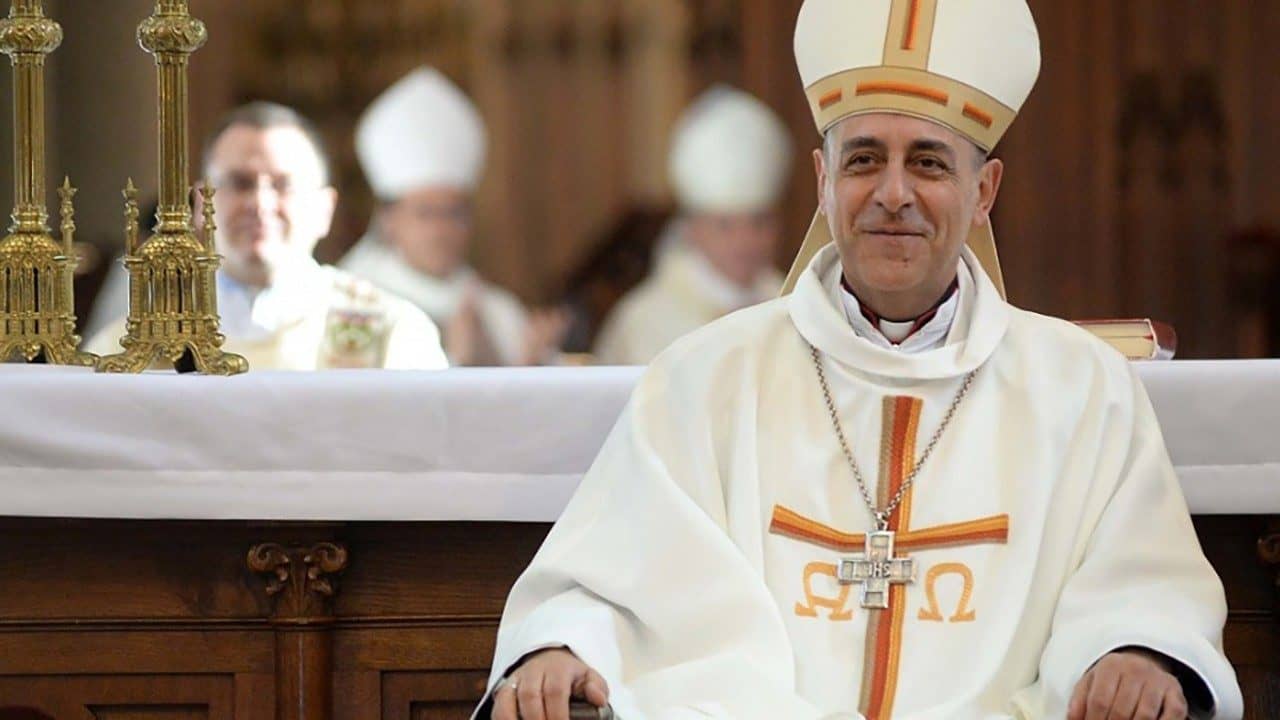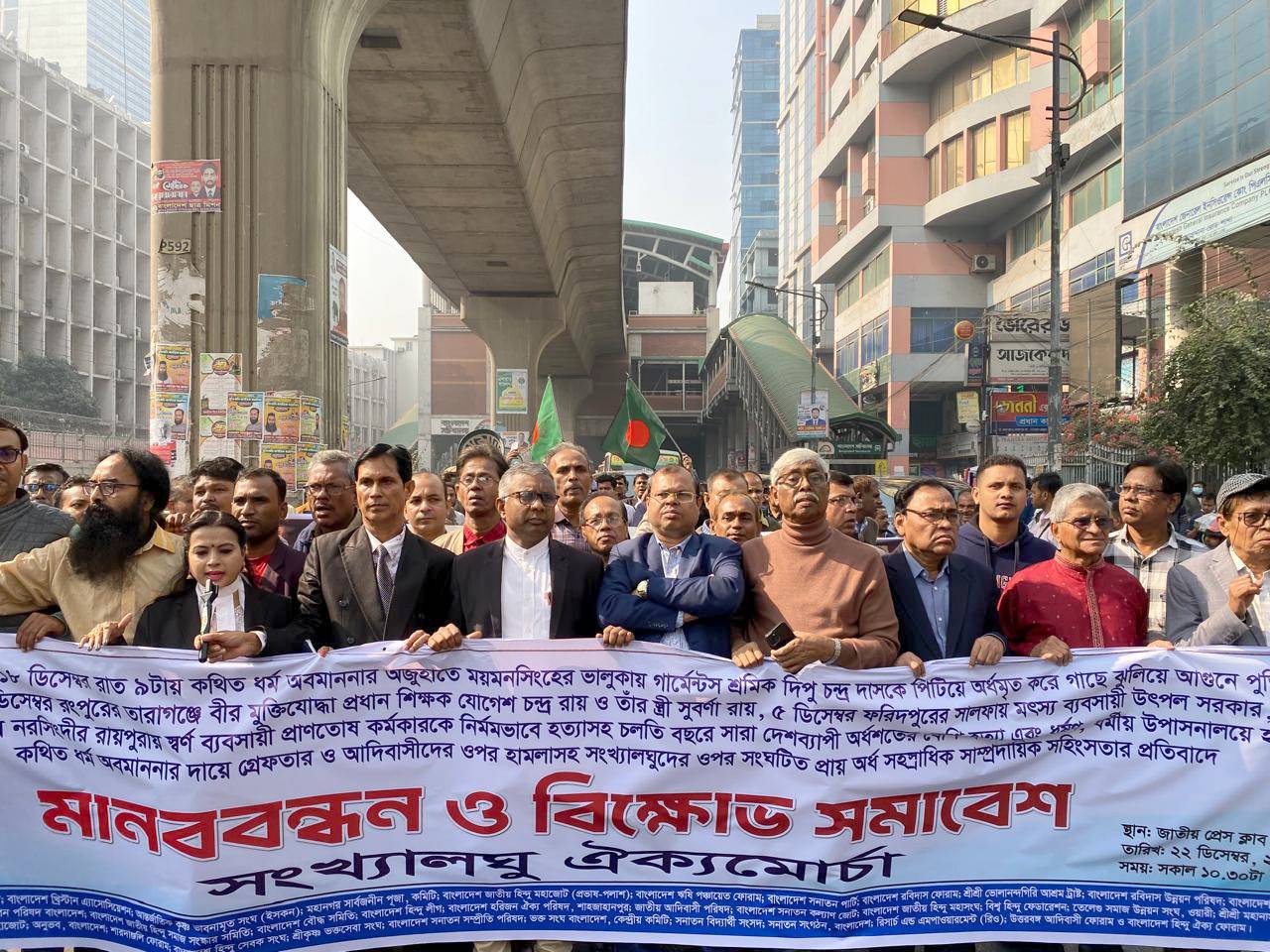ROME – World history offers numerous examples of a proposed cure turning out to be worse than the disease — tolerating the Nazis as a bulwark against Communism, for example, or arming the Mujahideen to upset Soviet ambitions in Afghanistan, only to end up with the Taliban and Islamic extremism.
It’s a fair question as to whether something of the same dynamic is currently playing out vis-à-vis India under Prime Minister Narendra Modi, as question marks about his populist and nationalist rule are largely being glossed over in order to promote India as a strategic offset to China.
The point arises in light of five recent, and convergent, news items.
- On Jan. 30, India marked the 75th anniversary of the assassination of Mahatma Gandhi, and almost as much attention was paid to the man who fired the fatal bullets, Nathuram Godse, as to Gandhi himself. Godse belonged to the RSS, a Hindu nationalist social movement where Modi also got his start, and blamed Gandhi for the 1947 partition of India which created Pakistan. That view of Gandhi’s legacy is becoming increasingly popular. In 1992, a right-wing Hindu politician named Bal Thackeray shocked public opinion by declaring that “future generations will build statues for Nathuram Godse rather than for Gandhi”; twenty-five years later, such a statue was actually unveiled in the office of a right-wing Hindu party in 2016, and others are in the works.
- Beginning in late December, bands of radical Hindus have been attacking Christians in Chhattisgarh state in eastern India, leaving behind a bloody trail of battered and displaced people, churches reduced to rubble and whole villages virtually wiped out. In many cases, observers say the violence has been abetted, or at least tolerated, by local political and security officials. The attacks are part of a worsening climate for religious and cultural minorities across the board.
- Also in December, the US Commission on International Religious Freedom expressed “outrage” that India had not been designated a “country of particular concern” by the US State Department, claiming the omission was tantamount to “turning a blind eye … to particularly severe religious freedom violations.”
- In mid-January the Washington, D.C.-based Federation of Indian American Christian Organizations released its 2023 annual report, recording a total of 1,198 violent acts against Christians in India in 2022, virtually all at the hands of militant Hindu nationalists, and estimating the total cost of anti-Christian harassment, including damage to property and businesses, at $100 million.
- Also in January, the Indian government banned broadcast of a BBC documentary on Modi which, among other things, revealed a previously unknown British report on Modi’s role in anti-Muslim riots in 2002 when he was chief minister of Gujarat state, which left as many as 2,000 people dead. The blatant effort at censorship is a reminder of the worsening climate for freedom of the press in India – in the most recent index by Reporters Without Borders, India ranked 150th, just ahead of Sudan and just below Turkey.
Two years ago, the Sweden-based V-Dem Institute, an independent research organization founded in 2014, classified India as an “electoral autocracy,” meaning an authoritarian state in which the exercise of sweeping executive power is justified by elections. They cited, among other things, increased pressure on human rights groups, intimidation of journalists and activists, and a spate of attacks on minorities, not only Muslims but also Christians.
All this is part of what critics describe as the “saffronization” of India under Modi, meaning the transformation from a multi-cultural state, in which identity is premised on citizenship, into a Hindu-dominated society in which national and religious identity are intertwined. It’s based on a right-wing Hindu nationalist ideology known as Hindutva, which was a rival to Gandhi’s vision for post-independence India 75 years ago and which, today, seems to be gaining the upper hand.
Despite these trends, right now India’s stock has never been higher in the West, given the geopolitical calculation that it’s an indispensable counterweight to the dominance of China in Asia.
Recently, US Treasury Secretary was in Delhi, the national capital, touting India as a lynchpin in the American strategy of “friendshoring,” meaning relying on “trusted trading partners” (i.e., not China) for critical links in the economic supply chain. Reportedly, President Joe Biden has invited Modi to make a state visit to Washington in the summer, which would be only the second such formal visit Biden has hosted after French President Emanuel Macron in December.
It’s a remarkable turn-around for Modi, who in 2005 was denied a visa even to enter the US because of his role in the Gujarat riots. The decision was taken under the 1998 International Religious Freedom Act, which makes foreign officials ineligible for visas if they’re responsible for “severe violations of religious freedom.” To this day, Modi remains the only person to whom that provision was ever applied.
All this is of significance to the Catholic Church for three reasons.
First, while Catholics represent only about 1.5 percent of the population, India is so large that still works out to a respectable total of about 20 million Indian Catholics, a number which should rise to around 26 million by mid-century. That would make India the fifth-largest Catholic nation in the world in which English is a primary language, after the Philippines, the US, Uganda and Nigeria.
Surely, the welfare of that community, including its religious freedom, has to be of keen pastoral interest, especially in a time when missionaries from India are playing increasingly important roles around the world, including in the United States.
Second, given that India is destined to be a global superpower in the 21st century, that small but significant Catholic presence in the country is important as a potential leaven to promote social justice and peace. If the life of the church is increasingly constricted by a rising saffron tide, that potential could be wasted.
Third, the Vatican may be in a unique position to take a more balanced view on India. Unlike the US or other Western powers, it’s not gearing up for a new Cold War with China, which means it doesn’t “need” India in quite the same way. For better or worse, the Vatican’s controversial deal on the appointment of Catholic bishops in the country means it’s on relatively good terms with Beijing.
When Modi visited Pope Francis in the Vatican in 2021, he extended an invitation to visit India, which the pontiff accepted in principle. Such a trip could provide Francis a platform to nudge Modi on respect for religious minorities – a price Modi might be willing to pay in exchange for the perceived legitimacy a papal visit would bestow on his leadership, especially heading into national elections in 2024.
For better or worse, India matters, and will matter ever more in the century that’s now unfolding.
There may have been little the Catholic Church could have done to prevent the Afghan mujahideen from becoming the Taliban. The question is whether today, it can be a small but important part of preventing Modi’s India from evolving into a saffron version of the Taliban, only one armed with nuclear weapons and the world’s fifth largest economy.
